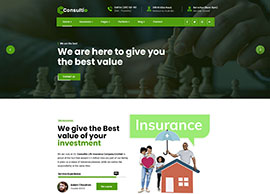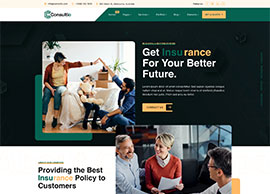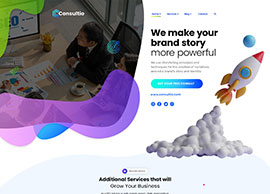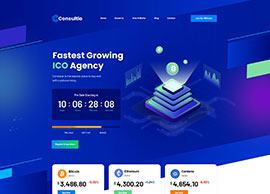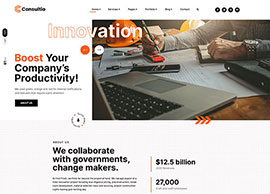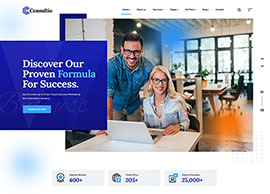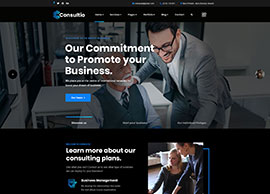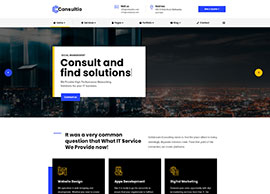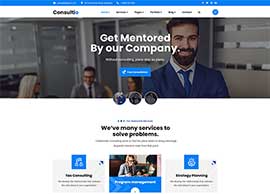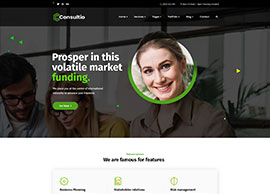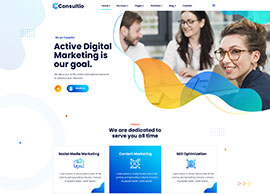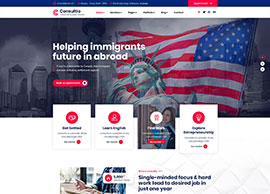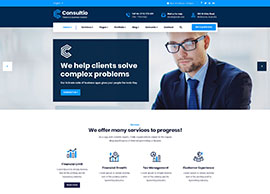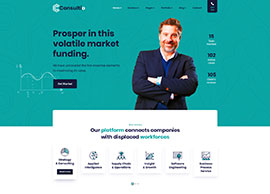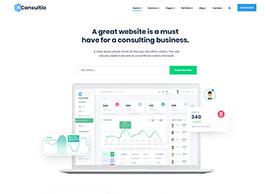 Incoming tracking systems can offer tremendous value to mail operations because they give complete accountability to your packages, overnights or additional items that need to be tracked. I have been in the mailing equipment industry for over 20 years, run the only Mailing Equipment Audit and Recovery firm (That we have found) and am not affiliated with any vendor. These are important credentials to be able to give you an unbiased view on what to look for when configuring the best incoming tracking system for your organization. The goal of this article is to highlight what is available, how to configure a system, and negotiate the lowest costs.
Incoming tracking systems can offer tremendous value to mail operations because they give complete accountability to your packages, overnights or additional items that need to be tracked. I have been in the mailing equipment industry for over 20 years, run the only Mailing Equipment Audit and Recovery firm (That we have found) and am not affiliated with any vendor. These are important credentials to be able to give you an unbiased view on what to look for when configuring the best incoming tracking system for your organization. The goal of this article is to highlight what is available, how to configure a system, and negotiate the lowest costs.
What data do you want to capture?
Upon receipt from carrier
Most incoming tracking systems will let you scan a carrier barcode which will automatically document the tracking number, date, time, carrier (if it is a major carrier like UPS, FedEx, and USPS), and person who scanned the item (based on their login to the program). From there, the question is what additional information you want to know. The most basic would be pulling an employee or department from an imported database on the system. You may also want to enter PO numbers or who the package is from. There could be custom fields created if you had additional data requirements. Each additional item adds operator time so prioritize data inputs to set up the most efficient process possible.
I have also seen companies do a scan while the carrier is still on the dock to validate package counts. These customers will not sign for the packages until they know that everything matches the drivers manifest. This is an optional step but could be helpful if errors were experienced in the past.
When received by the end user
The biggest value with these systems is the way they connect what came in from the carrier to the receipt by the end user. This happens in many ways, but the most commonly seen are:
- Packages Delivered to End Users – As the package is being delivered, the barcode gets scanned using a portable tracking assistant, and the end user signs this handheld device. Now the system has a closed loop process and knows the date, time of final delivery along with a proof of signature. It also knows the person who did the delivery if future questions arise. Some entities may not want or be able to capture signatures. An additional option is to scan a barcode pasted to a specific mail drops as proof that the packages were delivered.
- Packages Picked Up in Receiving – These systems can be configured to send out an email, or printed receipt (To be put in a mailbox) letting the recipient know they have a package. When the package is being picked up, it gets scanned at the computer, and the recipient can sign a counter signature pad capturing the same data as above. We see this type of package pickup at colleges and universities or large campus environments.
Additional Traceable Items
These systems can be configured to track just about anything based on your goals and objectives. They can scan the item or even generate unique barcode labels to be placed on items to track. Here are some examples that I have seen in the past but the sky is the limit:
- Interoffice Mail
- LTL Packages
- Office assets – Computers, furniture, art
- Luggage and Personal Items – At hotels and hospitals
- Chemicals
- Visitors
How to Configure the Right System
Incoming tracking systems can range from $5,000 to hundreds of thousands of dollars based on how they are configured. The key is what options you will need. We will guide you to the right questions to set up a system that is right for your organization.
Software Configuration – Do you need the system set up on a single PC, multiple PC’s, or on the Network at one or multiple sites? You can also provide desktop access to the packages that have been received by the end users throughout your building or entity. They can look up what packages they have received and post alerts to the receiving department of any special instructions that need to be followed. The software configuration is one of the biggest factors in the final cost of the system.
Data Storage – Do you want the software installed locally or in the cloud? Remote access and storage is one of the newest and fastest growing trends in this space and both storage options should be considered.
Hardware – This is one of the biggest decisions in configuring a tracking system because the hardware gives you the control capture the information. This hardware comes at a cost and should be scrutinized.
- PC Scanners – These come in multiple configurations and pricing can range from $200-2,500 each.
- Standard Cable Scanners – Wired to your PC
- Wireless Scanners – Similar function but not tethered by the cord.
- 2D Wired Scanners – Same as above but can take pictures of damaged packages or documents.
- Portable Tracking Assistants – These devices look like an oversized mobile phone with a keyboard, touchscreen, scanner on the front and rugged case. They typically cost $1,500-3,500 each so only buy the number of units needed. Look for Wi-Fi or 4G enabled devices so you can communicate the data as the item is delivered vs. at the end of the route when it is being docked and charged.
- Counter Signature Pads – This connects to the PC via a USB port to capture signatures when the item is picked up. Typical costs will be between $500-2,000.
- Label Printers – These can generate standardized package labels that can go on items that come in without a barcode or on every item for a standardized process. These printers can be connected to the PC ($500-2,500) or portable and connect to your belt ($1,000-2,000) for added convenience.
- Magnetic Stripe Card Readers – These readers can be connected to some portable tracking assistants and printers to scan someone’s ID badge instead of requiring signature.
- PC’s – Some vendors may try to include PC’s with the systems which I never recommend because they will be expensive and typically not the same as the ones supported by your IT group.
How can I negotiate the best deal?
Compare Multiple Vendors – Most vendors systems do basically the same things. They may use different hardware and features, but the core of what the systems do will be very close. This gives you more leverage and we strongly recommend getting two to three different quotes.
Purchase or Lease – Even if you intend to lease, get a purchase quote and make sure the vendor is breaking out the cost of each line item (which is typically only done on purchases). As you can see above, the cost of the hardware is very expensive and professional service time to do set up and configuration ranges from $1,000-2,000 per day. You want to get the detail on what you are buying to give you the power to negotiate the different line items and then make the best buy vs. lease decision.
Timing – I always recommend buying at the end of the month, quarter or year when the vendors will be the most aggressive with discounts.
Conclusion
These systems give you the ultimate CYA (Cover Your…) because everything is now accountable. They can be configured to track just about anything and are customizable to your needs. But this all comes at a price that you can control. Hopefully this article puts you in a better position to know the right questions to ask and how to build the right system at the lowest costs.




